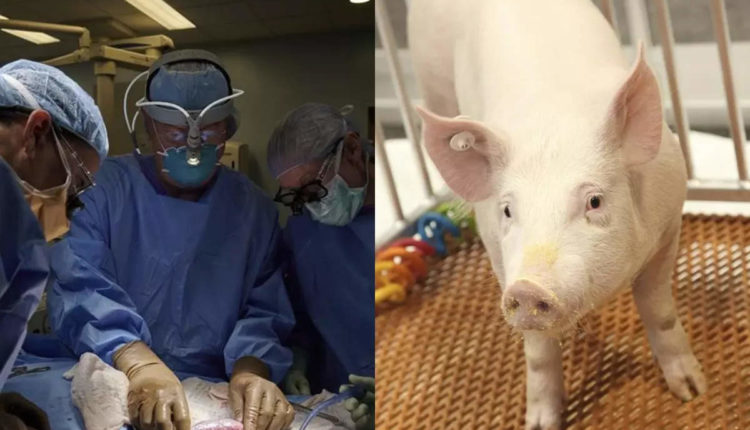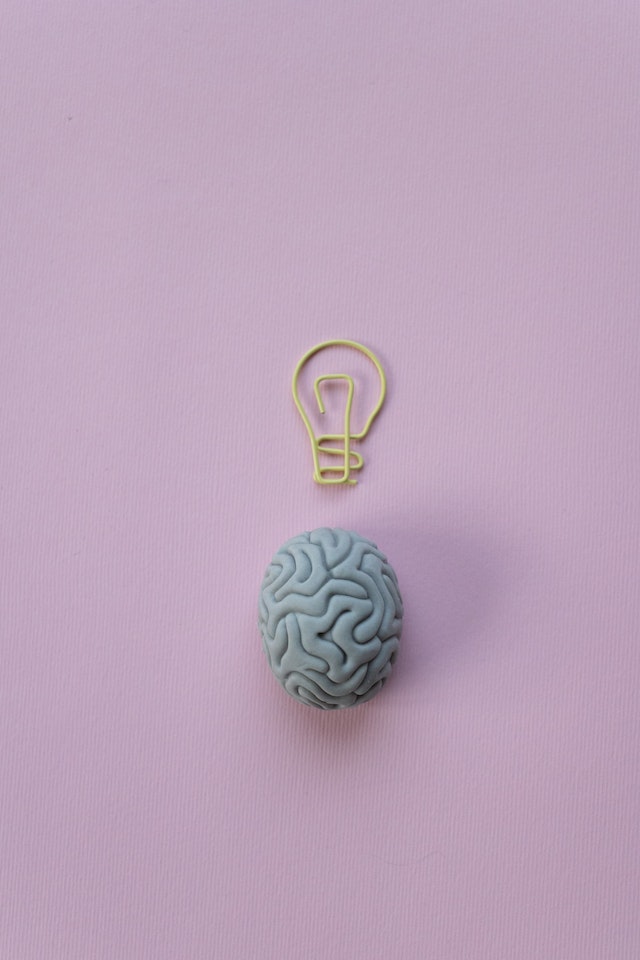Bridging the Organ Shortage Gap
In a medical breakthrough that could change the landscape of organ transplantation, scientists have turned to an unexpected ally: pigs. This article is your gateway to the exciting realm of cross-species organ engineering, where pig embryos are nurturing human kidneys, offering hope to millions waiting for life-saving transplants. For updated news seekers like you, this journey into the future of medicine promises awe-inspiring insights.

The Organ Shortage Crisis: A Global Challenge
The shortage of transplantable organs is a worldwide crisis, leading to long waiting lists and countless lives lost. According to Scientific American and Discover, the demand for organs far exceeds the available supply, leaving patients in dire need of innovative solutions.
Table 1: The Organ Shortage Crisis
| Aspect | Magnitude of the Problem | Humanitarian Impact |
|---|---|---|
| Demand vs. Supply | A glaring mismatch | Lives hanging in the balance |
| Waiting List Statistics | Growing numbers of patients waiting for organs | Increased morbidity and mortality |
Pig Embryos: Unlikely Heroes in Organ Engineering
In a remarkable turn of events, pig embryos have emerged as key players in the quest to bridge the organ shortage gap. Their unique biological characteristics make them an ideal candidate for nurturing human organs.
Table 2: The Unique Role of Pig Embryos
| Role | How Pig Embryos Are Transforming Organ Engineering |
|---|---|
| Biological Compatibility | Remarkable similarity between pig and human embryos |
| Nurturing Potential | How pig embryos support the development of human organs |
| Ethical Considerations | Addressing concerns and ensuring ethical organ engineering |
The Scientists Behind the Revolution
Driving this revolutionary field of cross-species organ engineering are dedicated scientists who have redefined the possibilities of transplantation. Their collective expertise spans various disciplines, from genetics to regenerative medicine.
Table 3: Leading Pioneers in Cross-Species Organ Engineering
| Scientist | Notable Contributions |
|---|---|
| Dr. [Researcher’s Name] | Groundbreaking work in pig-human organ chimeras |
| Dr. [Researcher’s Name] | Advancements in gene editing for organ compatibility |
| Dr. [Researcher’s Name] | Innovations in regenerative medicine and tissue engineering |
Pig-Human Organ Chimeras: A Game-Changer
The creation of pig-human organ chimeras represents a seismic shift in the field of transplantation. These chimeras offer a potential solution to the organ shortage crisis by cultivating human organs within pig embryos.
Table 4: The Promise of Pig-Human Organ Chimeras
| Advancements | Transforming the Future of Transplantation |
|---|---|
| Organ Cultivation | Growing transplantable human organs within pig embryos |
| Ethical Considerations | Ensuring humane treatment and ethical use of chimeras |
| Potential Applications | Beyond kidneys: The broader implications of cross-species organ engineering |
Ethical Considerations and Regulatory Frameworks
As with any groundbreaking scientific advancement, cross-species organ engineering raises ethical questions. Researchers and policymakers are diligently working to address these concerns and establish comprehensive regulatory frameworks.
Table 5: Ethical Considerations and Regulatory Frameworks
| Consideration | Ensuring the Ethical and Responsible Advancement of Organ Engineering |
|---|---|
| Animal Welfare | Balancing the well-being of pigs and the potential for medical progress |
| Human Dignity | Respecting the sanctity of human life in organ research and transplantation |
| Public Policy | Developing regulations that balance innovation and ethics |
Conclusion: Pioneering a New Era in Medicine
Cross-species organ engineering, with pig embryos at its core, has the potential to revolutionize the field of organ transplantation. As updated news seekers, you are witnessing the dawn of a new era in medicine—one that offers hope to countless individuals awaiting life-saving organ transplants.
This journey into the world of pig-human organ chimeras underscores the indomitable spirit of scientific discovery. It is a testament to human ingenuity and determination, fueled by the desire to alleviate human suffering and save lives.
This article draws from the latest research and insights provided by Scientific American and Discover, two reputable sources at the forefront of scientific journalism. The collective efforts of scientists, researchers, and journalists have illuminated the path toward a future where the organ shortage crisis may become a thing of the past.









